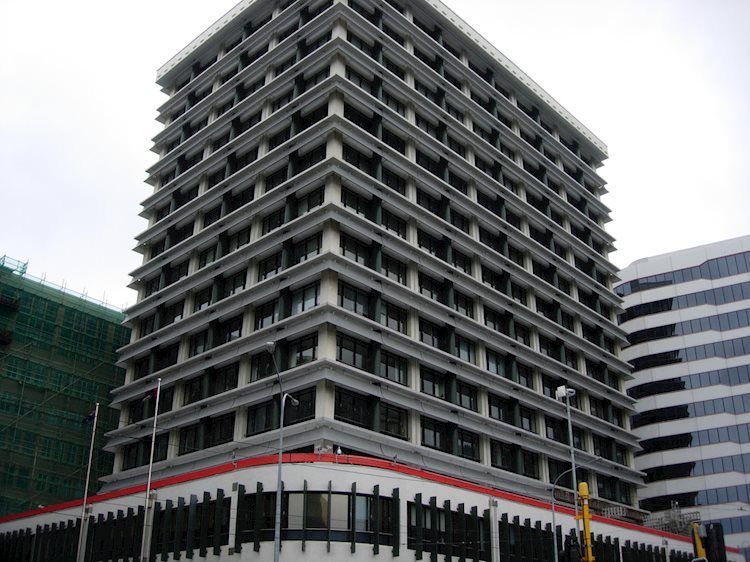Adrian Orr, the Governor of the Reserve Bank of New Zealand (RBNZ), recently spoke at a press conference regarding the policy outlook following the announcement of the monetary policy decision. In response to questions, Orr mentioned that he expects inflation to fall back into the target band by the end of 2024. He also stated that it will take some time for domestic inflation to decrease and that the economy has a lower potential growth rate, while uncertainty remains if this is a temporary situation. Orr highlighted the limited room for inflation surprises and expressed satisfaction with the decrease in inflation expectations, although they still need to fall further. He also emphasized that the OCR track is a central projection and not an absolute prediction. Additionally, Orr mentioned that there was serious consideration on raising rates at the meeting due to high domestic inflation impacted by near-term factors such as insurance, rates, and rent costs, which are less sensitive to interest rates.
In terms of market reaction, the NZD/USD is consolidating gains near 0.6150 following Orr’s comments, showing an increase of 0.77% on the day. This indicates that the market is responding positively to the information shared during the press conference.
The Reserve Bank of New Zealand (RBNZ) is the central bank of the country with the main economic objectives of achieving and maintaining price stability and supporting maximum sustainable employment. Price stability is deemed to be achieved when inflation, measured by the Consumer Price Index (CPI), falls within the band of 1% to 3%. The RBNZ’s Monetary Policy Committee (MPC) determines the appropriate level of the Official Cash Rate (OCR) based on these objectives. If inflation is above target, the RBNZ will raise the OCR to try and curb it, which can lead to a stronger New Zealand Dollar (NZD) as higher interest rates attract more investors. Conversely, lower interest rates tend to weaken the NZD.
The RBNZ is also focused on maintaining maximum sustainable employment as a tight labor market can contribute to inflation. The bank defines maximum sustainable employment as the highest use of labor resources that can be sustained without causing a significant increase in inflation. If employment exceeds this level for an extended period, it may lead to accelerating inflation, prompting the MPC to raise interest rates to manage it.
In extreme circumstances, the RBNZ can use Quantitative Easing (QE) as a monetary policy tool. QE involves the central bank creating local currency to purchase assets, such as government or corporate bonds, to increase the money supply and stimulate economic activity. This can result in a weaker NZD. QE is typically implemented when lowering interest rates alone is not sufficient to achieve the bank’s objectives. The RBNZ utilized QE during the Covid-19 pandemic to support the economy during a challenging period.











